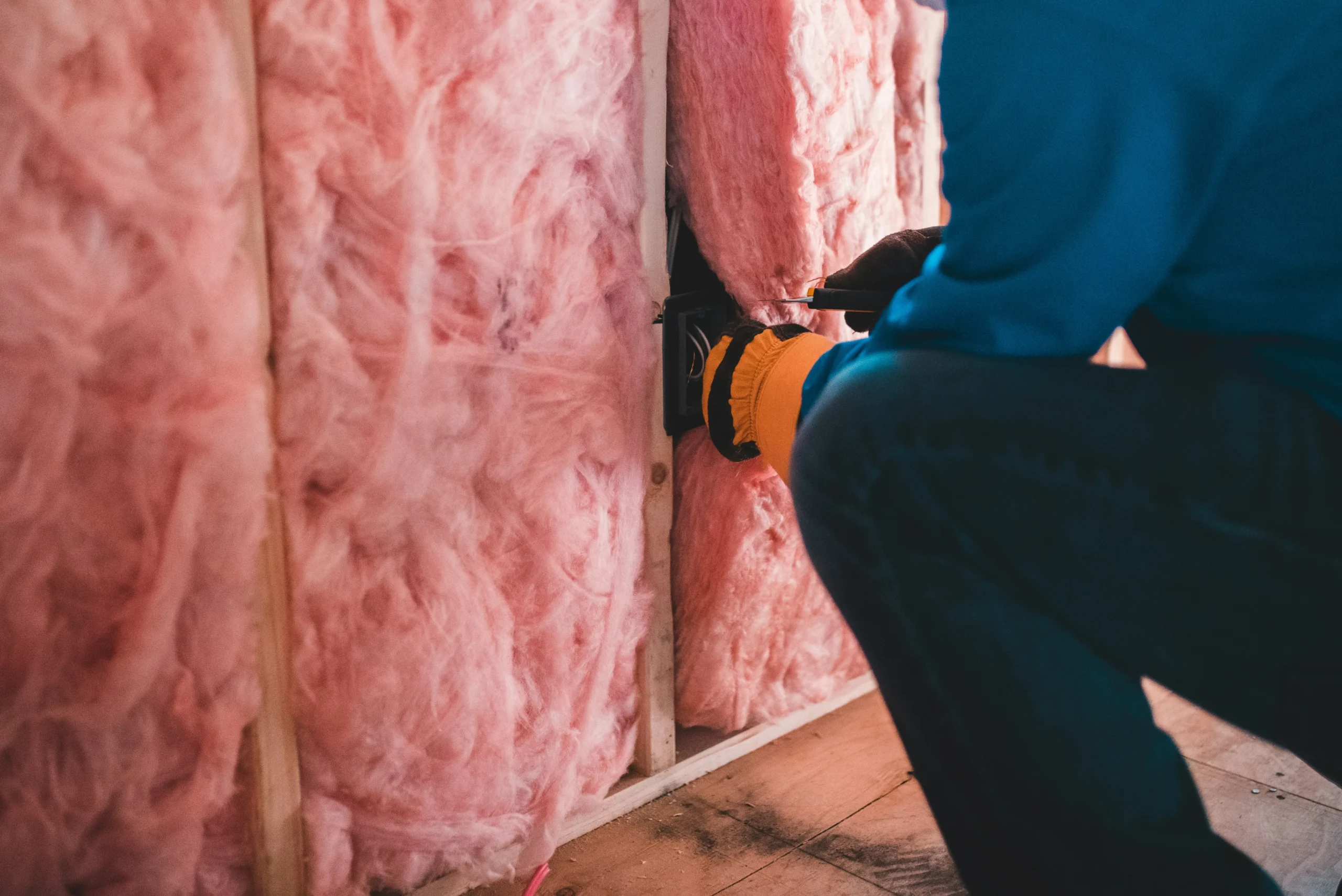
Loft insulation is one of the most cost-effective and energy-efficient upgrades you can make to your home. In the UK, heating is a major contributor to household energy consumption, especially during the colder months. Without proper insulation, a significant portion of this heat escapes through the roof. Loft insulation acts as a barrier, reducing this heat loss by trapping warm air inside during winter and keeping excessive heat out in summer.
The benefits go beyond just savings on your heating bills. Insulation enhances comfort, improves a home’s Energy Performance Certificate (EPC) rating, supports the environment by reducing emissions, and can even increase your property’s market value. With energy prices continuing to rise, there’s never been a better time to consider upgrading your loft insulation.
Loft insulation refers to the material installed in the loft or attic space of a building to reduce heat transfer between the interior of a home and the outside environment. Common materials include fibreglass, mineral wool, cellulose, or even eco-friendly options like sheep’s wool and recycled materials.
Because warm air rises, an uninsulated loft allows up to 25% of a home’s heat to escape through the roof. Insulation slows this heat loss, helping to maintain a comfortable temperature indoors while reducing reliance on central heating systems.
Once installed, loft insulation remains effective for decades with minimal maintenance. It’s a key step in making homes more energy-efficient and is widely recommended by energy-saving organisations and government schemes.
The most commonly used type, blanket insulation usually comes in rolls and is laid out between the joists in the loft floor. Made from mineral wool, fibreglass, or natural materials like sheep’s wool, it is ideal for accessible, unconverted lofts.
This consists of lightweight materials such as cellulose, mineral wool, or cork granules that are poured loosely across the loft floor. It’s particularly suited to irregularly shaped spaces or areas where it’s difficult to fit rolls.
Rigid insulation boards made from materials such as polystyrene or PIR (polyisocyanurate) are often fitted between roof rafters. This is ideal for loft conversions where insulation needs to be discreet and strong.
In this method, a machine blows fibre insulation into the loft space. It’s a quick and effective option, especially for inaccessible areas.
Some insulation, especially roll types, can be installed by homeowners with basic DIY skills. However, for blown-fibre or rafter insulation, hiring a professional ensures correct installation, optimal performance, and safety.
With energy costs on the rise, insulating your loft is an effective way to protect your budget. Up to 25% of home heat loss occurs through the roof, but effective insulation drastically reduces this. Less energy is required to maintain a comfortable temperature, which eases the strain on your heating system.
The result? Lower energy bills, fewer carbon emissions, and improved living comfort throughout the year.
Proper loft insulation has a positive impact on the environment. Reducing heat loss means using less fuel to heat your home, which in turn reduces greenhouse gas emissions.
In addition, choosing sustainable materials such as recycled fibre, cellulose, or natural wool supports the green economy and reduces reliance on non-renewable resources. Installing insulation is one of the simplest ways to support the UK’s broader effort to achieve net zero carbon emissions.
There are a number of financial incentives and support schemes available to help homeowners insulate their lofts. The UK government’s ECO4 scheme is one such initiative aimed at improving energy efficiency in lower-income households.
Eligibility may depend on income level, benefit status, or EPC rating. Required documentation often includes income evidence, utility bills, and property details. At Green Homes Group, we can help you check if you qualify and guide you through the application process step by step.
Poorly installed insulation can trap moisture, leading to damp or mould. Ensuring good ventilation and using breathable materials helps prevent these issues.
Blocked vents can reduce airflow and create condensation problems. Make sure vents remain unobstructed. Additionally, insulation can sometimes attract nesting rodents. Using pest-resistant materials and sealing entry points is a good preventative measure.
Most loft insulation lasts over 40 years with little to no maintenance, but it’s worth checking it periodically. Insulation can compress or shift, especially if items are stored on top. Wet or damaged insulation should be replaced to maintain effectiveness.
Signs that your insulation may need attention include:
Yes, but you must use raised loft boards to avoid compressing the insulation and reducing its effectiveness.
Absolutely. While new builds often include insulation, it may not meet the latest standards for energy efficiency. Topping up can offer extra savings.
The recommended depth for mineral wool insulation in the UK is 270mm. Other materials may require different depths to achieve the same performance.
Loft insulation is a smart, future-proof investment that reduces your energy bills, boosts your home’s comfort, and contributes to climate goals. It enhances property value, improves EPC ratings, and creates a cosier living environment.
Even if your loft already has some insulation, reviewing it could identify simple upgrades that deliver immediate benefits.
If you’re unsure where to begin, book a free home survey with Green Homes Group. Our team of experts will assess your current insulation and recommend the best solutions tailored to your home.
While we do not carry out installations, we work closely with a trusted network of professional installers and provide independent, impartial advice to ensure you get the most effective results.
We can also help determine your eligibility for government grants and support you throughout the application process. Whether you’re looking to cut costs, go greener, or simply stay warm, we’re here to help you make the right choice for your home.